Roosevelt's Little White House Historic Site
Introduction
Author-Uploaded Audio
Listen to a narration of this entry's description by Holley Snaith.
Text-to-speech Audio
Images
Franklin D. Roosevelt's Little White House in Warm Springs, Georgia
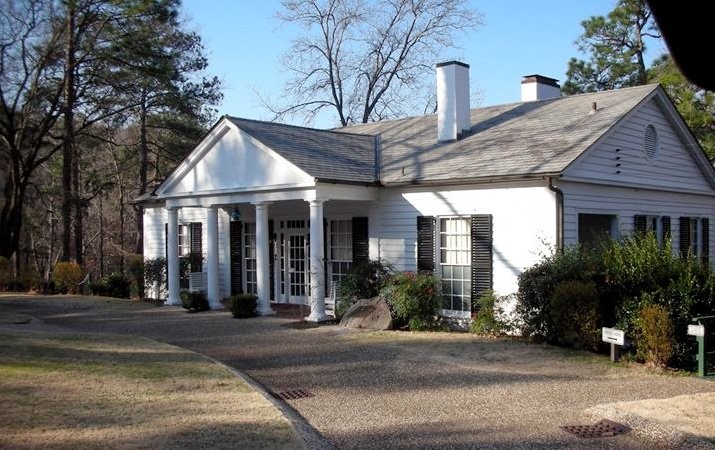
The Georgia State Marker placed at the entrance to the Little White House's gift shop and ticket office
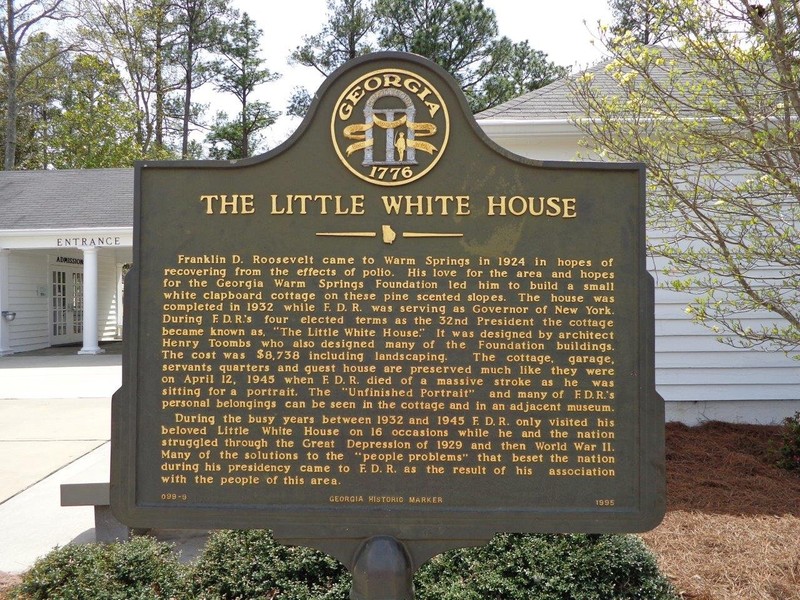
The front of the Little White House
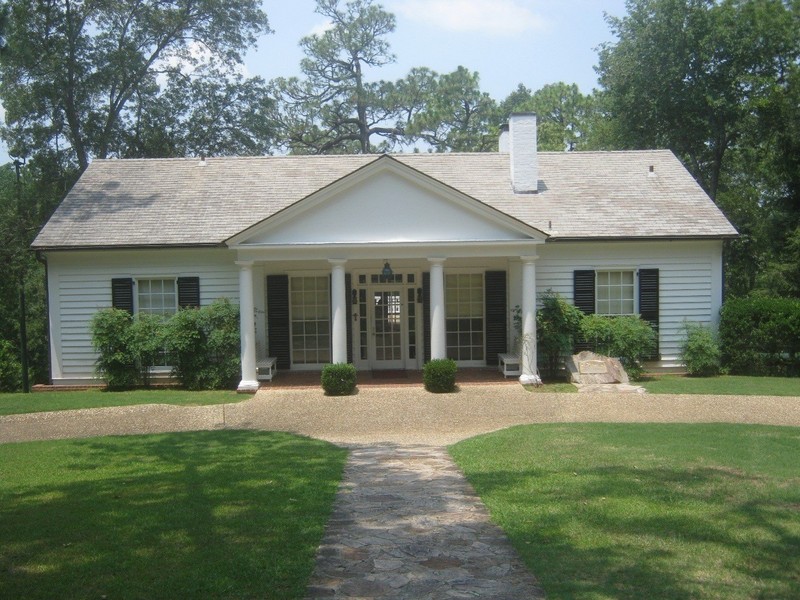
Governor Franklin D. Roosevelt and his daughter Anna in the living room of his newly-built home, the Little White House
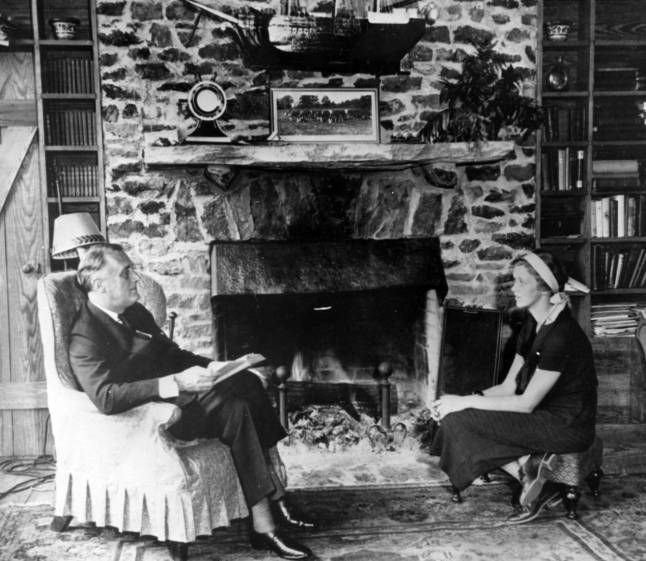
Eleanor Roosevelt, FDR, their son Elliott, and his wife Elizabeth "Betty" on the porch of the Little White House in 1932
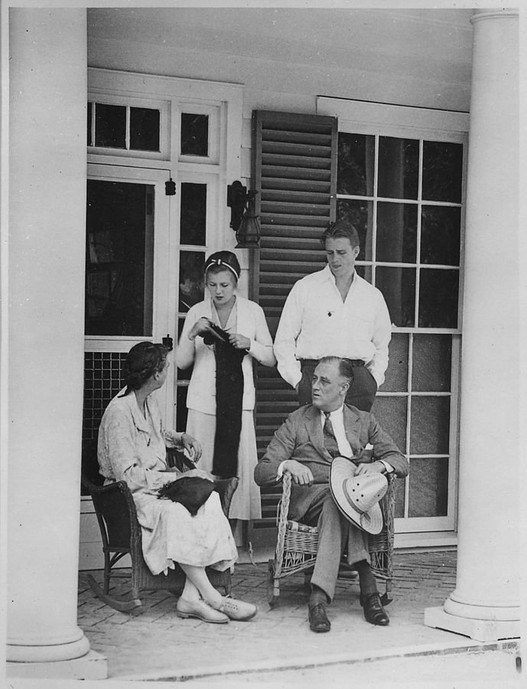
FDR's bedroom in the Little White House, where he died after suffering a cerebral hemorrhage in 1945
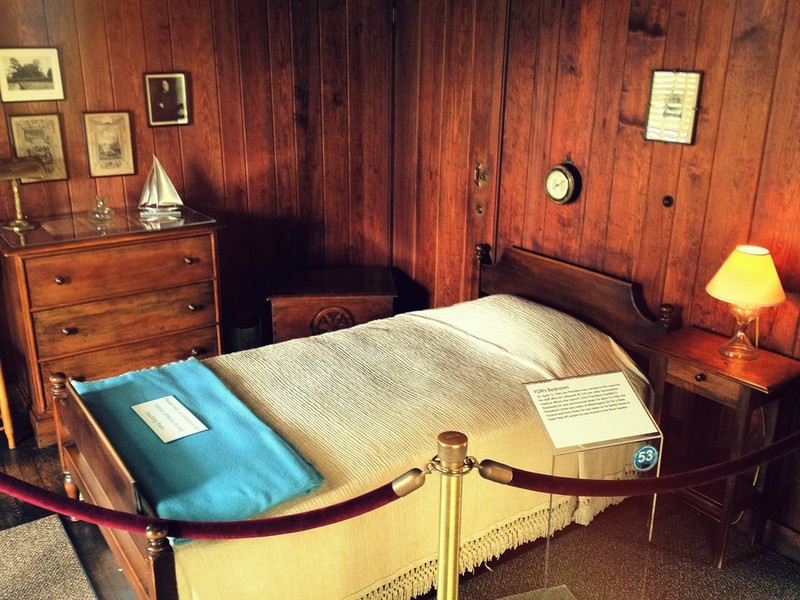
One of the final photographs of FDR taken by Madame Elizabeth Shoumatoff's photographer, Nicholas Robbins, on April 11, 1945
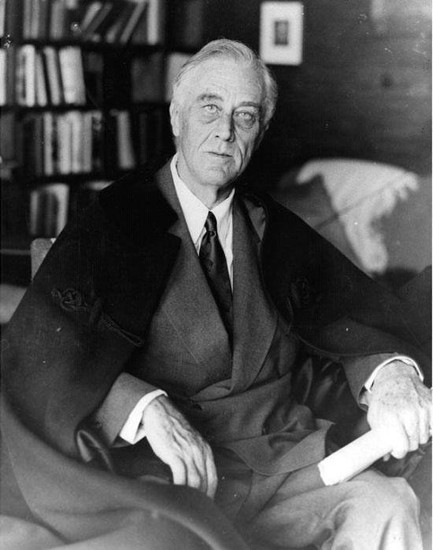
Backstory and Context
Author-Uploaded Audio
Listen to a narration of this entry's description by Holley Snaith.
Text-to-speech Audio
Franklin D. Roosevelt first set foot in Warm Springs, Georgia in October 1924. It was three years after he had been stricken with polio at the age of 39 and he had heard about the natural spring waters of the area containing healing powers for paraplegics. From 1924 until his death in 1945, FDR believed that the waters did in fact help his muscles, but it was the town and the people that captured FDR's heart and mind.
In 1932, shortly before he was elected president and while he was Governor of New York, FDR built the simple cottage known as the "Little White House." Throughout his presidency, FDR would return to the Little White House and Warm Springs to escape the rigors of Washington. Many New Deal programs were conceived in Warm Springs as FDR was witness to the plight of the farmers and the poverty that had devastated the South. Because of the New Deal, new schools were built in the region, electrical power was established, roads were paved, and many other innovations were installed.
FDR also loved to retreat to the nearby Dowdell's Knob, with its beautiful overlook of Georgia. Here he would host picnics, grill hot dogs, and eventually contemplated the fate of the world during World War II. The war exhausted FDR and took a heavy toll on his health. On April 12, 1945, he was sitting for a portrait with Madame Elizabeth Shoumatoff and suddenly collapsed from a massive cerebral hemorrhage. He died less than two hours later in his bedroom at the Little White House.
Visitors are able to view the "Unfinished Portrait" in the museum at the Little White House, which also features his 1938 Ford convertible with hand controls, some of his Fireside Chats, gifts from the people of Warm Springs, and many other historical items. Before his death, famed journalist Walter Cronkite narrated a short video featuring historic footage of FDR swimming in the pools in Warm Springs and from his funeral in April 1945. In addition to the main house, visitors can also tour the servants' quarters and guest house, where visiting heads-of-state would often stay. As one of the most visited historic sites in the state of Georgia, the Little White House offers a unique glimpse into the life of the 32nd president, who grew-up on an aristocratic estate in New York, but who found inspiration and solace in this small Georgia town.
Sources
The Little White House, Georgia. Explore Southern History. Accessed July 23, 2018. http://www.exploresouthernhistory.com/littlewhitehouse.html.
Roosevelt's Little White House. Pine Mountain Georgia. Accessed July 23, 2018. http://www.pinemountain.org/attractions/roosevelts-little-white-house.
